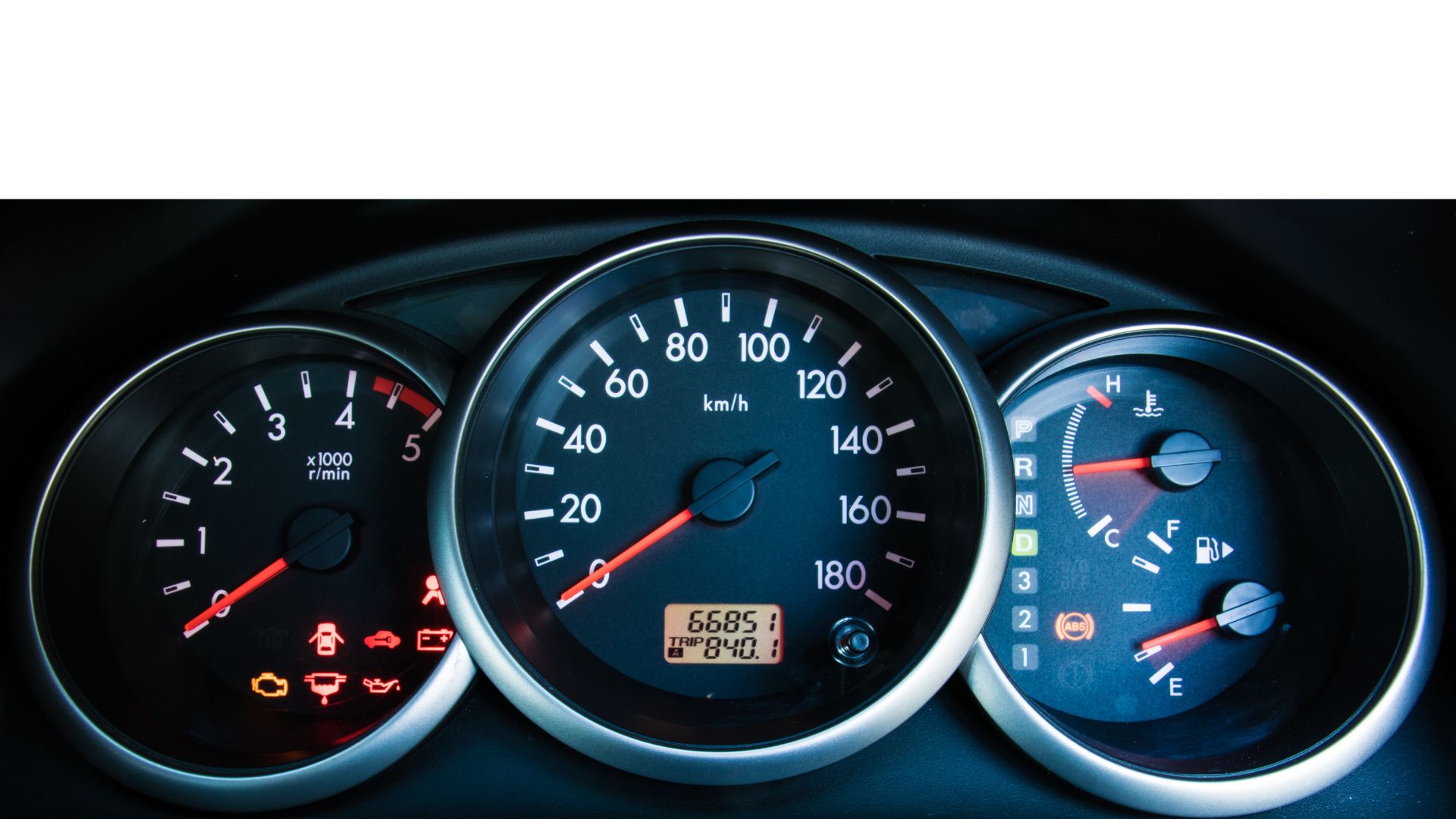Researchers from Poznan University of Technology published a paper in Procedia Engineering in which they warned against poor oil pressure. The oil minimizes wear and tear resulting from friction. Therefore, abnormal oil pressure can cause irreversible damage. This is everything you need to know about oil pressure in a diesel engine:
1). What is Oil Pressure?
The term refers to the resistance the oil encounters as it flows through the engine’s components. Cars have an oil pressure gauge that allows you to track the oil pressure.
2). What is Normal Oil Pressure?
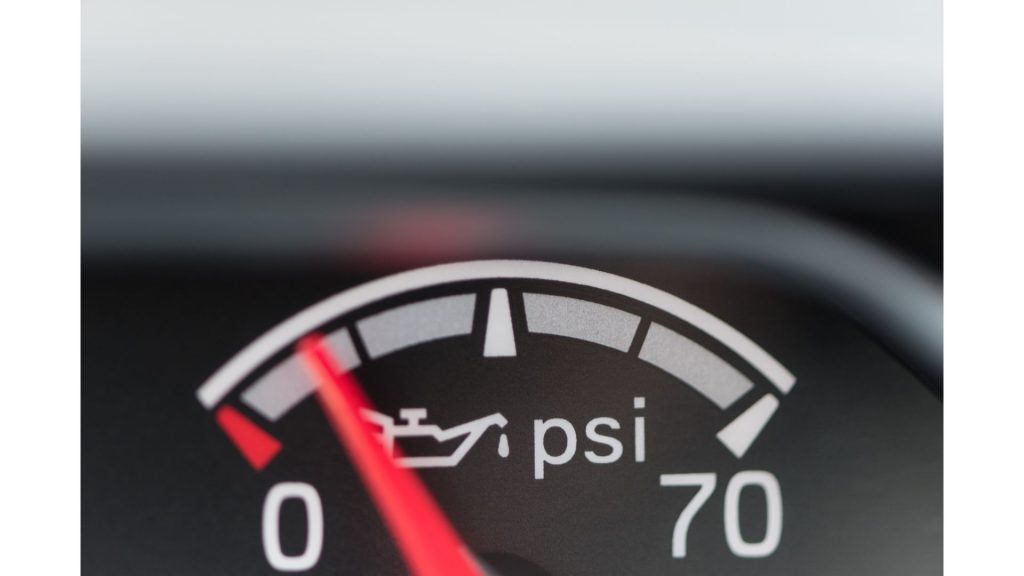
Normal oil pressure typically ranges between 20 and 65 PSI. Oil pressure higher or lower than this range should concern you. It points to a fault in the vehicle. Check the manual to determine the standard oil pressure.
The standard oil pressure will vary with each vehicle type and model. For some cars, 40PSI is high. For others, it’s too low. The manual should have the last word.
3). What Factors Affect The Oil Pressure?
- The temperature of the oil.
- Type of oil.
- Viscosity.
- The engine’s age (New engines have higher oil pressure).
- When you first start the diesel engine, the oil pressure is higher than usual. It will fall back down once the engine warms.
- The oil pressure will decrease slightly when the vehicle idles. You should only take action if the reduction during idling is significant.
- The oil pressure may increase slightly at high speeds.
4). Understanding The Oil Pressure Gauge
- You can install digital or mechanical oil pressure gauges. Mechanical gauges are straightforward. Digital gauges are superior because they provide a comprehensive array of information.
- You can find oil pressure gauges in every machine with an engine, including boats and generators.
- Some gauges are simplistic. They have ‘H’ and ‘L’ to denote high and low pressure. Others have a range of numbers.
- You expect an oil pressure gauge in ideal conditions to sit at the midpoint.
- A gauge that shows zero is usually concerning. The only exception is when the car is idling.
- A gauge stuck on ‘H’ can point to blocked delivery lines and defective valves.
- A faulty gauge may bounce erratically.
Symptoms of Low Oil Pressure In Diesel Engines
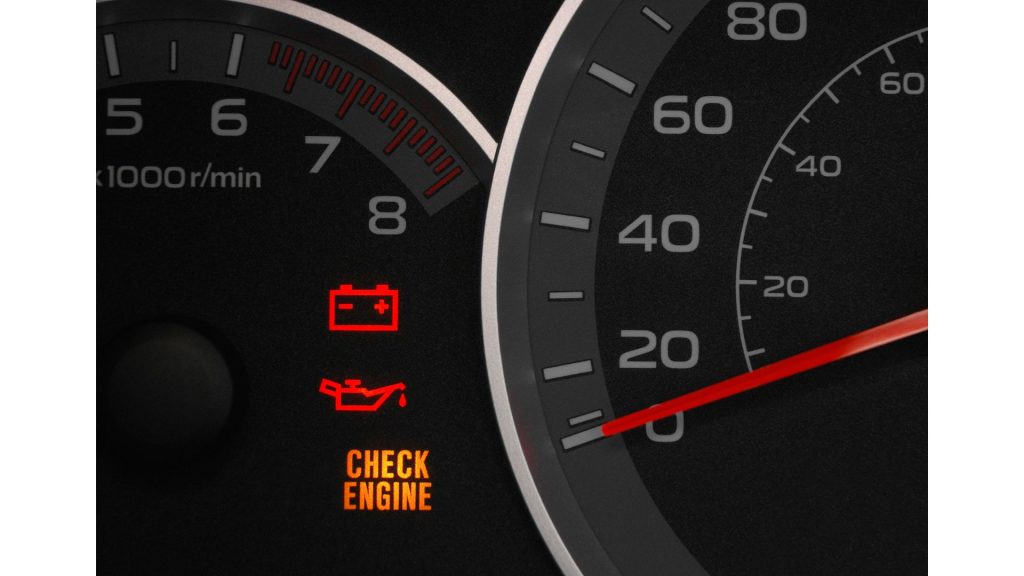
Warning Light – The warning light will let you know. Manufacturers expect drivers to keep an eye on the oil pressure gauge. But most laypeople ignore this meter. The manufacturer includes a warning light to alert you when things go wrong.
The engine’s performance will diminish – The car will either lose power or stall because of insufficient lubrication. As such, the engine must work harder to move the vehicle.
Noise – Expect strange sounds such as clicking, clacking, and knocking because of the friction in components like the crankshaft. The longer the low oil pressure persists, the louder these sounds will become.
Smell – Cars with leaking oil will generate a burning odor. This happens when the leaking oil drips onto hot surfaces and burns.
Overheating – Oil lubricates the engine’s parts. Insufficient oil lubrication increases friction, which makes overheating a likely occurrence.
Symptoms Of High Oil Pressure In Diesel Engines
- The warning light will come on.
- The gauge will show that you have high oil pressure.
- The engine will generate tapping or knocking sounds.
- The engine will run rough.
- The engine’s performance will deteriorate.
These symptoms are not guaranteed. Many cars with high oil pressure won’t manifest any symptoms.
What Causes High Oil Pressure In A Diesel Engine?
Faulty Oil Pressure Sending Unit – The pressure sender measures the oil pressure. In other words, it determines what you see on the oil pressure gauge. A defective sender will display erroneous information. It will show a high oil pressure when the actual oil pressure is okay.
Blocked Filter – The filter sieves the oil, removing impurities. Those impurities can accumulate after a while, creating blockages that increase the opposition the oil encounters as it flows through the vehicle.
Clogged Lines – The filter is not the only component that clogs. The oil flows through lines and hoses to reach all the engine parts that require lubrication. Dirt, debris, and impurities can block those passages, increasing the pressure.
Faulty Valve – Manufacturers include a valve that relieves the pressure when it’s too high by providing an alternative path along which the oil can flow. Unfortunately, this valve can stick in the closed position. Once this happens, the pressure will continue to climb without interference.
Where did you get the oil? – Did you use the manufacturer’s recommended brand? Some brands are too thick. Replacing oil with a lower viscosity with oil with a higher viscosity will change the pressure.
Temperature – oil thins when you heat it. The oil becomes thicker when you cool it. If the oil pressure is only high when you start the car, you can blame the temperature. The engine is still cold. The pressure will drop once the engine warms up.
How To Decrease Oil Pressure In A Diesel Engine?
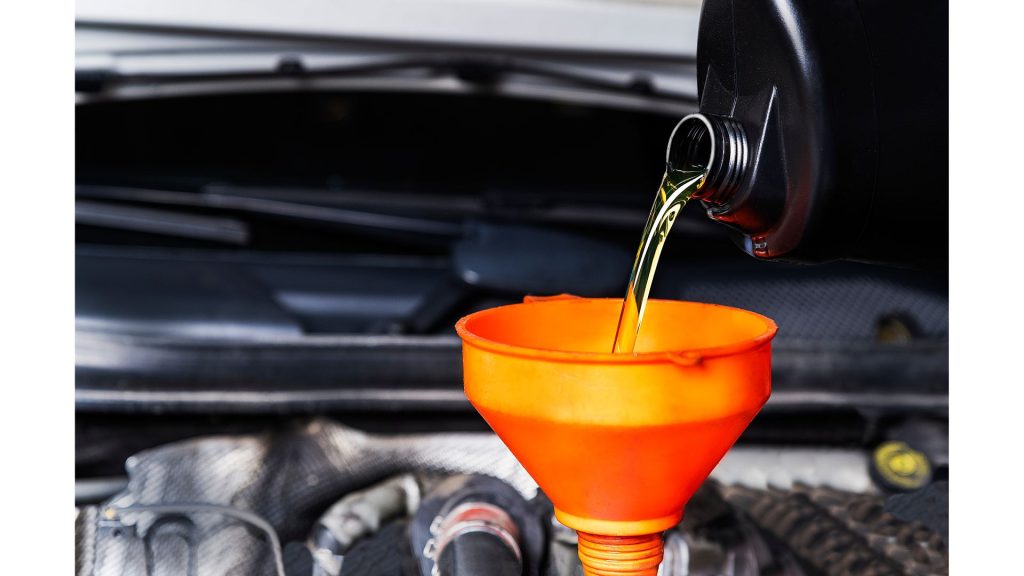
1). Get the correct oil. If the oil is too thick, the pressure will rise as the engine struggles to move the substance. But if the oil is too thin, you may observe overheating in the engine. Talk to the manufacturer. Ask them to recommend a suitable oil brand.
2). Clean a clogged filter. Some blockages are too stubborn. The only option is to replace the filter. You should also change the oil.
3). Fix or replace a faulty valve.
4). If your car has blocked lines, flush the system. Do this several times until you eject the dirt and grime. Perform regular oil changes to prevent such outcomes. Blocked passages are not as easy to fix as clogged filters.
5). Replace a defective sender unit.
What Causes Low Oil Pressure In A Diesel Engine?
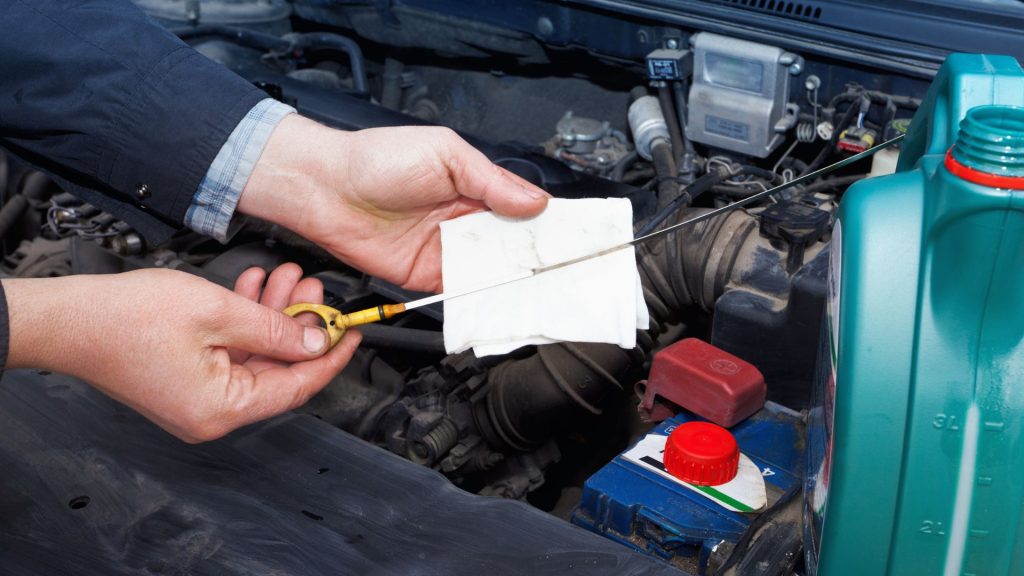
Oil Viscosity – When you change the oil, the new oil should match the car’s demands. Oil with low viscosity will lower the pressure.
Do you have enough oil? – When was the last time you changed the oil? You typically find low oil levels in vehicles whose oil hasn’t been changed in a long time. The oil pump cannot maintain the correct oil pressure when the oil is insufficient.
Contaminated Oil – Even if you select the correct oil brand, contaminants can lead to low oil pressure. Common pollutants include fuel, coolant, and water. Check the crankcase for high oil levels. This shows that fluids are leaking into the oil from somewhere.
Old Oil – Oil can lose its viscosity over time. And as you now know, a lower viscosity reduces the oil pressure. This doesn’t happen every time. Sometimes, the oil becomes more viscous because of impurities.
Clogged Filter – People expect a clogged filter to raise the oil pressure. But you have instances where the pressure reduces because the relief valve is open due to a blocked filter. The valve will remain open because the clogging in the filter has restricted the flow of oil.
Defective Pump – A faulty pump cannot maintain the oil pressure. Pumps can fail because of a clogged tube, wear and tear, contaminated oil, and poor installation.
How To Increase Oil Pressure In A Diesel Engine?
- Fix a defective oil pump. Sometimes, you can fix the problem by repairing or replacing worn-out gears. Other cases require a brand-new oil pump. It depends on the severity of the damage. Have you found air leaks? Can a mechanic repair them?
- Remove obstructions from the inlet screen in the oil suction tube.
- Make sure the oil pickup tube is seated correctly. Do you see cracks? Is the o-ring seal damaged? Is the tube properly aligned? Solving these problems will increase the oil pressure.
- Ensure the oil passage is open. Remove debris. Replace worn-out or broken lines.
- Inspect the relief valve. Is it stuck in the open position? Fix or replace it. Do you see dirt and debris? Remove it.
- Identify and fix the source of the contamination. Don’t forget to change the oil afterward.
- Unclog the filter and replace it where necessary.
- Add more oil until it reaches the correct level.
- Use the recommended oil.
- Fix or replace a faulty sensor. If the fault lies with the gauge, you can also replace it.
- Change the oil regularly. Check the manual to determine how frequently you should change the oil.

